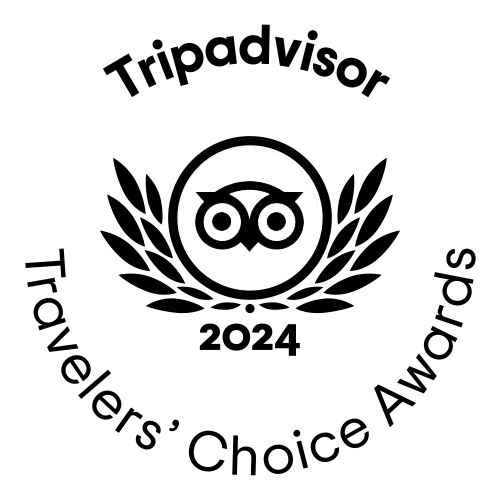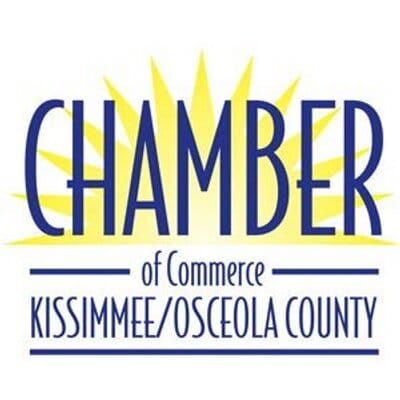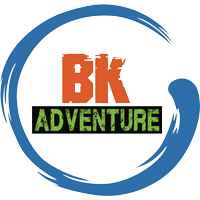Every year as cooler months roll around, BK Adventure gets excited to see bioluminescent comb jellies start to glow and flourish. But we often hear the comment from misinformed locals that “bioluminescence season is over.” That’s not quite accurate.
So, when is bioluminescence season?
The real answer is, almost always. And if you think about it, that’s true of almost everything in nature. When one thing goes, it’s time for another to thrive. Here in Florida, we have an abundance of bioluminescent creatures. They are: dinoflagellates (plankton), snapping shrimp, red squid, fireflies, and comb jellies.
What Types of Bioluminescence you will see on a tour?
January – March: At this time of year you will see mostly comb jellies if you go on a kayaking tour. There is also likely to be fireflies along the shore.
April-May: This is a transition season. You may see some glowing comb jellies and a faint glow of bioluminescent plankton. Usually not an abundant time for either, but they are still present and viewable in some areas.
June – October: This is the famous “bio season” that has become a misnomer. However, during this time, you are sure to see a spectacular glow from the bioluminescent dinoflagellates that blanket the water. This is the time when most tour companies in Florida, Puerto Rico, and the Caribbean sell-out due to throngs of people coming to see the neon glowing water. At this time, depending on the year, you may also see comb jellies in Florida too. However, the main show is the dino!
November – December: The dinoflagellates have dissipated and we are in full on comb jelly bioluminescence season. At BK Adventure, we always have the latest report on how the bioluminescence is doing on our Twitter feed. Here is an example from late November, 2020.
BK Adventure@BKAdventure· Good morning bio fans! last night we had an 8/10 comb jelly bio rating. The guides spotted big shrimp, osprey, white egrets, and great blue herons! #FloridaBioluminescence#GlowInTheDark#GetOutsideFL#NightTimeKayaking
BK Adventure@BKAdventure·Nov 29 Good morning bio fans! last night we had an 8/10 comb jelly bio rating. The guides spotted big shrimp, osprey, white egrets, and great blue herons!
@bkadventure
Where To Find Glowing Jellyfish aka Comb Jellies in Florida?
The Comb jellies, or ctenophora that we see on autumn and winter bioluminescence tours are found in abundance in the Indian River Lagoon, and also in the Banana River. This brackish estuary stretches from Ponce Inlet just north of Titusville all the way to Jupiter Inlet in Palm Beach county. The entire length is 156 miles. So, there are plenty of places to find them.
How Do You See Bioluminescent Jellies?
Most people like to go on a night kayaking tour like BK Adventure’s winter Bioluminescence Tours. On an organized tour, you will get all of the equipment you need, and paddle with a guide to the areas where they have seen the most combs. However, there are times when you can see them just by wading a few feet into the water at the shoreline. We see comb jellies at the shore sometimes at Kelly Park East, in the Cocoa Beach and Cape Canaveral area.
The best way to experience them is on a kayaking or clear kayaking tour. The guide will scoop them in a net, and you will be able to observe them.
What ARE Comb Jellies?
People often think these glowing comb jellies are jelly fish – but they are not. They are more like a glowing jelly glob. But they are alive, and they are an important part of the eco-system.
They are also called Ctenophora – Ctenophora is a phylum of invertebrate animals that live in marine waters worldwide.
How are Comb Jellies like Dinosaurs?
They are pre-historic sea creatures that have been on the planet for over 500 million years. That makes them even older than dinosaurs. They are some of the first living organisms on the earth. That is why we must respect them and treat them with great care when we see them in the water.
Why Do these Bioluminescent Creatures Glow in the Water?
Both Comb Jellies and bioluminescent plankton (dinoflagellates) protect themselves by giving off bioluminescent glow. They hope it will scare any predators that might come their way… just like cavemen used fire at night to keep animals at bay, the jelly lights up at night when touched. They are translucent walnut-shaped creatures that patrol the open oceans for prey.
How do Comb Jellies differ from the Bioluminescent Dinoflagellates?
They are actually nothing like dinoflagellates. However, they live in the same waters and can often be seen at the same time.
Dinoflagellates are plankton that photosynthesize to build energy to illuminate bioluminescent light and they are microscopic. The best time to see dinoflagellates glow is in the hottest months of summer (July and August). During these months, they will make a neon blue of anything that touches them in the water. It is amazing to see a dolphin swimming through the night water blanketed with the bioluminescent glowing plankton.
Comb Jellies are more interactive in which you can run your hand through the water and catch them, hold them and see them illuminate the bioluminescent light in your hand.
Can you see bioluminescence on a full moon night?
Yes, however depnding on the time of the moon rising, it the light of the moon could be reflecting on the water, which would make the glow less vibrant. It is not that the bioluminescence goes away, it is just that the light reflecting off the water makes the glow less prevalent.
If you take a bioluminescence tour on a night when the moon is full, this can still be a great experience. Guides will take you to places where you can still view bioluminescence. Also, check for the moon rising time. Many nights, the moon rises near the end of your tour, or after it has already finished.
Ready to See A Real World “Pandora?” Take A Tour with Us!
Take a Bioluminescence Tour on Rafts, Clear Kayaks, or Tandem Kayaks with BK Adventure to see Bioluminescent Comb Jellies in winter, or Glowing dinoflagellates in summer. These tours run every night of the year. If you are in Florida during summer, there’s a good chance to see both comb jellies and the magically glowing plankton at the same time! It is other-wordly! Book Online Here!
(Tours sell out in summer, so book early to reserve your spot. )








How do I get updates? I want to take my niece on one of these trips…
We post regularly to our blog, but you can also check our Twitter feed @Bkadventure for the latest conditions on bioluminescence. We post their daily.